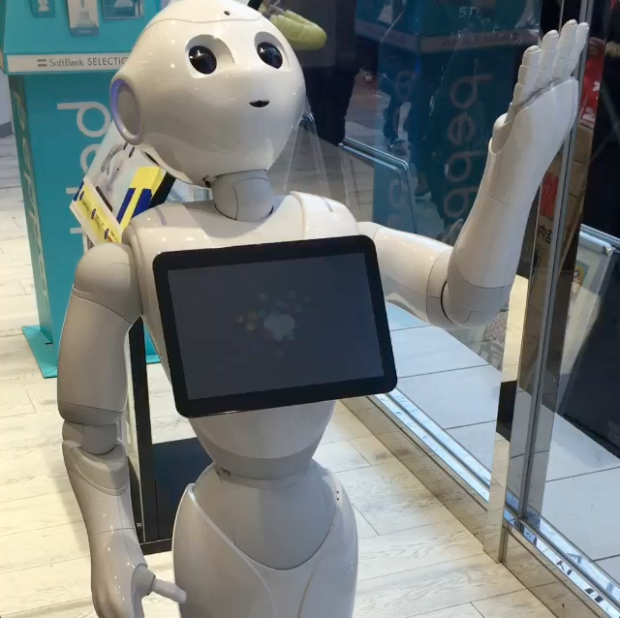After reading an article in El País about using humanoid robots to help children with autism understand emotions, I started to dig deeper into the affective effects of learning with humanoid robots, and came across Milo.
Milo is considered a revolution amongst educators, therapists, and parents of children with autism. Milo is able to motivate children who find human interaction difficult by helping them practise interaction and social skills. The absence of emotion promotes communication in a context where emotional dysregulation usually creates anxiety and blocks children from comfortably socialising.
I find the results of Milo extremely positive with respect to my own interests of the use of humanoid robots for language teaching and learning. Recent research has demonstrated that autistic children working in conjunction with Milo and a therapist, are engaged 70-80% of the time, compared to as little as 3-10% with ‘traditional approaches’.
It appears that the key element to increasing the communication between autistic children and Milo is trust. Looking further into the use of humanoid robots for learning in South Korea, I found a lot of parallels. Research carried out by Han et al. (2005) demonstrates that learner achievements with IROBI to be a more effective compared to learning carried out with computers, and was rated excellent for language learning. Learners were able to build up a relationship with the humanoid robots that they hadn’t managed to construct with the computers they had previously used. They considered the robot as a teaching assistant and it’s humanoid form made them feel at ease, which in turn promoted learning, in fact, “robots were effective in inducing motivation and enhancing achievement” (Han, 2012).
Ultimately then the emotional effect of learning can have a huge impact on the learner, and while humanoid robots are not essentially humans per say, they are playing a huge role in socially situated learning and social development of learners with low confidence and trust issues.




